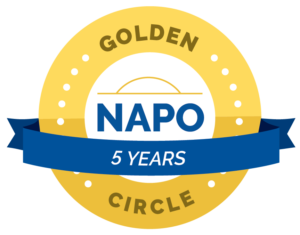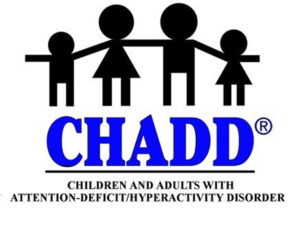 I feel fortunate and blessed to have created a work-style and life-style that supports a flexible schedule, but the past couple of months have been a whirlwind of guests and travel that has my head spinning . . . and my “to do” list expanding by the day.
I feel fortunate and blessed to have created a work-style and life-style that supports a flexible schedule, but the past couple of months have been a whirlwind of guests and travel that has my head spinning . . . and my “to do” list expanding by the day.
The past couple of weeks I’ve been feeling pretty darn guilty about all the stuff I’m not getting done. Some of it is personal, but much of it involves things I really, really want to accomplish to support my business and clients. After beating myself up a bit, I revisited the Urgent vs Important grid (thank you Stephen Covey!) to help me through the “what to do now” decision process.
Important & Urgent: Things that really, really need to be dealt with right now (house on fire, etc.).
Important & Not Urgent: Things that need to be done, but don’t need to be done right now (long-term planning, etc.).
Urgent & Not Important: Things that probably never need to be dealt with, but take up our precious time (telemarketer calls, etc.)
Not Urgent & Not Important: Not only do these things not have to be done right now, chances are they don’t need to be done at all (watching videos of dancing cats on Youtube, etc.)
With the limited amount of time I’ve had in my home and office the past couple of weeks, here’s how I broke down a few of the outstanding items on my “to do” list:
- Pay bills: Important & Urgent
- Complete coaching homework required for certification: Important & Urgent
- Listen to teleclass before it expires: Important & Urgent
- Ironing: Important & Not Urgent
- Office Filing: Important & Not Urgent
- Unsubscribe from unwanted e-mails: Important & Not Urgent
I generally don’t put Not Important stuff on my “to do” list, so two of the categories were easy to eliminate.
Granted, there were a lot of other things on my list, but these represented hours worth of things I wanted (not needed) to do. The result: #1-#3 got done; #4-#6 will be saved for another day.
Suffice to say, with my list prioritized, I’m feeling much better about getting the important stuff done, leaving the other “not urgent” things to be tackled at another time and focusing on being thankful that I have the ability to spend time and energy traveling and enjoying our guests.
How do you prioritize your “to do” list?
Cindy Jobs, COC, ACC
Looking for more information?
Click here for 15-minute organizing tips.
National Association of Productivity & Organizing Professionals, Seattle Chapter Vice-President
Professional Resource Member
Institute for Challenging Disorganization
Level I Certificates earned in Chronic Disorganization; ADD; Client Administration; Time Management; Mental Health; and Hoarding.
Level II Specialist Certificates earned in Chronic Disorganization and ADHD.








